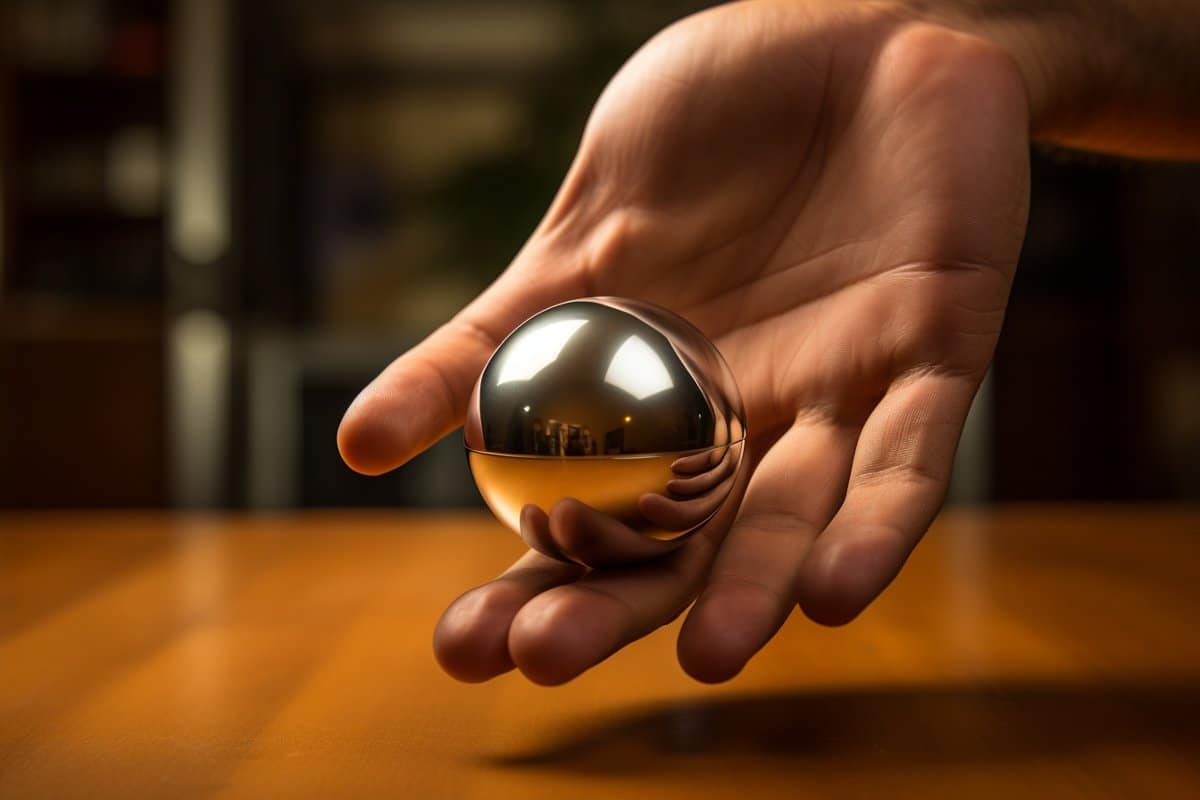But you don't tell us what the protocol is for this or where it is located and EXACTLY how much better this is than action observation! So completely fucking useless! I don't see how any survivor could create this intervention, so doubly fucking useless.
Enhancing Motor Learning with Visual-Motor Illusions
Summary: Researchers found that visual aids creating illusions of movement, like screens showing a hand’s motion, can enhance motor performance and early-stage motor learning. Functional near-infrared spectroscopy revealed distinct brain activity changes in motor learning regions compared to traditional third-person motion observation. These findings may have implications for innovative treatments for hemiplegic stroke patients.
Key Facts:
- Visual-motor illusions (VMI) involve perceiving body movement that doesn’t actually occur, different from action observation (AO).
- VMI can improve motor performance and early-stage motor learning, as demonstrated in a study involving a rolling task.
- Functional near-infrared spectroscopy showed persistent brain activity changes related to motor learning in VMI subjects.(But did actual better movement occur? If you can't answer that you didn't do your research properly!)
Source: Tokyo Metropolitan University
Researchers from Tokyo Metropolitan University showed that visual aids which create the illusion of movement, like a screen placed in front of one’s hand showing the hand move, can improve motor performance and the early stages of motor learning.
Compared to observing third-person motions, functional near-infrared spectroscopy data also showed greater changes in brain activity in regions associated with motor learning. Findings like this might inform new treatment strategies for hemiplegic stroke patients.

Visual-motor illusion (VMI) is the curious illusion of watching your body move even while it is still. Imagine having a tablet screen placed in front of your hand. Your hand is hidden behind the tablet, and your hand is not moving. Now, imagine the screen playing a video of your hand moving; your eyes are telling you that your hand is moving, but it is not moving at all.
This unsettling situation is instantly resolved if you put the screen somewhere else; watching the screen now simply entails action observation (AO). Previous work has already shown that VMI and AO entail different responses in the brain, but the wider implications of VMI remained unclear.
Now, a team of scientists led by Assistant Professor Katsuya Sakai from Tokyo Metropolitan University have shown that VMI can improve motor performance and early-stage motor learning. Volunteers were set a specific task, rolling two metal ball around in one hand. After some initial testing, a visual aid was used which showed hands performing this exact action.
One group had the visual aid placed in front of their hand to invoke VMI, while another group simply watched the same video normally. Performance could be measured by the number of complete rolls that people managed.
Though both groups showed improvement, the VMI group showed more improvement (What is the EXACT NUMBER?) than the AO group, both immediately after the video was shown to volunteers, and one hour afterwards. This not only shows improvement in performance but highlights that early-stage learning has also improved i.e. the changes can persist.
To understand what is happening in the brain, the team used functional near-infrared spectroscopy, a non-invasive technique that helps track activity in specific parts of the brain using external probes. They were able to find key differences between AO and VMI volunteers in parts of the brain associated with learning new movements.
Importantly, these changes were found to persist an hour after the visual stimuli, matching what they found from performance on the task. This was also in line with previous findings from the group showing how connectivity in parts of the brain responsible for motor execution was enhanced by VMI.
The team note that there is still a lot of work to be done. For example, these findings come from a study on healthy individuals, and there is yet to be any assessment of mid to long-term motor performance.
However, the insights gleaned from this study shed light on a unique strategy to improve motor performance and learning, which may one day be applied to the rehabilitation of hemiplegic stroke patients and guide the development of new treatments.
Funding: This work was supported by JSPS KAKENHI Grant Number 22K17569.
About this motor learning and visual neuroscience research news
Author: GO TOTSUKAWA
Source: Tokyo Metropolitan University
Contact: GO TOTSUKAWA – Tokyo Metropolitan University
Image: The image is credited to Neuroscience News
Original Research: Open access.
“Differences in the early stages of motor learning between visual‑motor illusion and action observation” by Katsuya Sakai et al. Scientific Reports
No comments:
Post a Comment